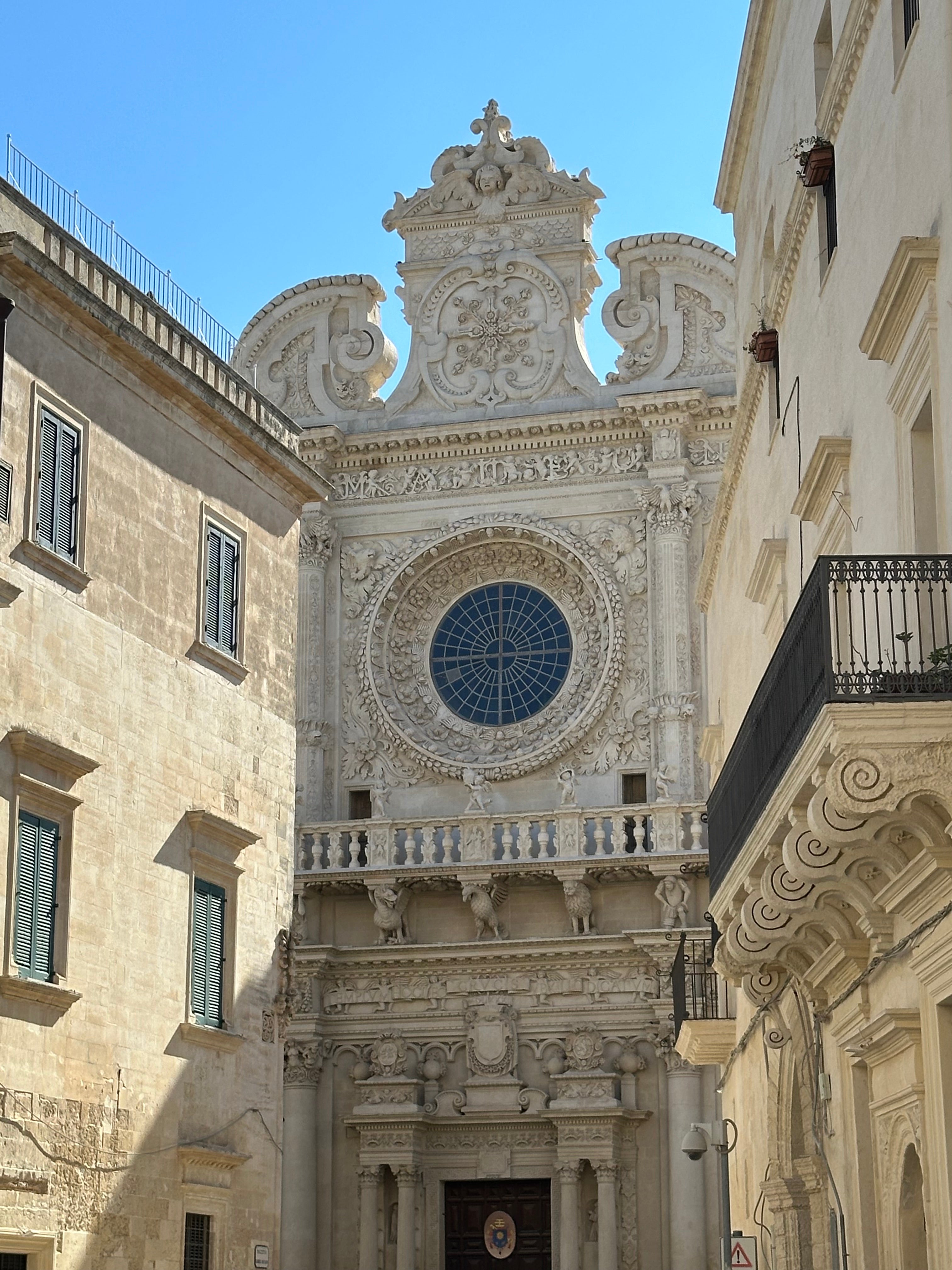
Salento, Puglia – Italy’s Undiscovered Beauty
Most people know Puglia as the “heel” of Italy’s boot – a sun-drenched region in Southern Italy that has become a darling of travel magazines. But what many don’t realize is that Puglia itself is divided into distinct areas, each with its own identity, even its own dialect.
International media paints the picture of Puglia being all Trulli and white-washed houses
The central-northern part around Bari has its own Barese character and coastline, while just below it lies the Valle d’Itria – famous for its whitewashed towns like Ostuni and Fasano, Alberobello with its fairytale trulli, and luxury masserie hidden among olive groves. This is what most international media show when they talk about Puglia.
But there is more – much more. Travel further south and you enter Salento, the very tip of the heel, surrounded by two seas: the Adriatic to the east and the Ionian to the west. I have to admit, it took me a long time to fully understand this geography myself – no one ever explained it so clearly. And yet, once you discover it, you realize: Salento is where Puglia’s heart beats strongest.
Here, the pace of life slows even more than in Bari or the Valle d’Itria. Italians themselves often say Bari already feels “slow” compared to Northern Italy, but Salento is another level of slow life. While the Valle d’Itria attracts the bulk of international visitors, Salento remains more of a hidden gem – loved and known by Italians, but still undiscovered by many foreign travelers.




Why visit? Because Salento has some of the most beautiful beaches in all of Italy. From the sandy Ionian coast around Gallipoli and Porto Cesareo to the dramatic Adriatic cliffs near Otranto and Santa Maria di Leuca, you can choose your coast depending on the wind – a local secret. On Tramontana days (north wind), the Ionian side is calm and crystal clear. On Scirocco days (south wind), the Adriatic is perfect. It means that in Salento, you can always find the right beach.
The landscape here also tells a story. In recent years, a disease affecting olive trees has left parts of Salento with fewer green canopies than the lush Valle d’Itria. New trees are being planted and the land is recovering, but for now the countryside feels more raw, rugged, and open. Far from being a drawback, it gives Salento a unique, almost untamed character – a land of wide horizons, sun-bleached fields, and dramatic contrasts. This rough beauty, combined with the warmth of its people and culture, makes Salento unforgettable.
And then there is the language. Puglia is home to at least six different dialect groups, with countless local variations. In the north you’ll hear Barese, in the Valle d’Itria the softer Brindisino, in the south the melodic Salentino dialect, and around Taranto its own Tarentino. In a few small villages near Lecce, people even still speak Griko, a dialect with roots in Ancient Greek. It means that traveling from north to south in Puglia doesn’t just change the scenery – it changes the very sound of the streets.
It takes a little extra effort to get here – Brindisi airport is close, but many international connections still land in Bari, two hours north. Perhaps that’s why guidebooks often stop at the Valle d’Itria. But trust me: if you take the time, Salento rewards you with the kind of Italy that feels both undiscovered and unforgettable.
Discover Salento, Puglia – Italy’s best-kept secret of slow living, endless coastline, and timeless charm.
Explore our insider guides to uncover the best of Salento – from hidden piazzas and artisan workshops to turquoise bays and the flavors of pasticciotto and caffè leccese.
Hidden Villages of Salento – Authentic Towns Beyond the Crowds
Beyond Lecce and the coast, Salento’s hidden villages reveal authentic Italy: Specchia, Presicce, Galatina, Grottaglie, and more timeless towns.
Learn moreFood & Wine in Salento – Taste the Flavors of Southern Puglia
Taste Salento: from warm pasticciotti and caffè leccese at breakfast to seafood, fine wines, and rooftop dining. A complete guide to food and wine in Southern Puglia.
Learn moreBest Beaches in Salento – Where to Swim in Italy’s Maldives
Discover the best beaches in Salento, from luxury beach clubs to hidden coves. Learn the insider tip: choose your coast by the wind for perfect waters.
Learn moreThings to Do in Salento – Top Activities and Hidden Gems
From Lecce’s baroque piazzas to hidden villages, beaches, and artisan workshops, discover the best things to do in Salento for an authentic Italian experience.
Learn moreSalento Travel Guide – How to Discover Italy’s Southern Gem
Plan your visit to Salento with this insider travel guide: how to get there, when to go, where to stay, and local tips for discovering Italy’s southern gem.
Learn more





